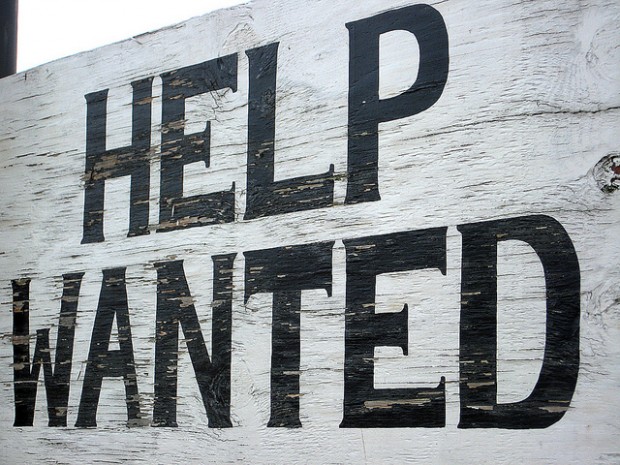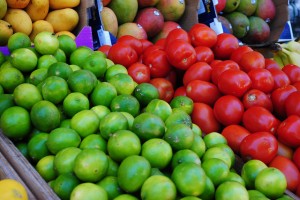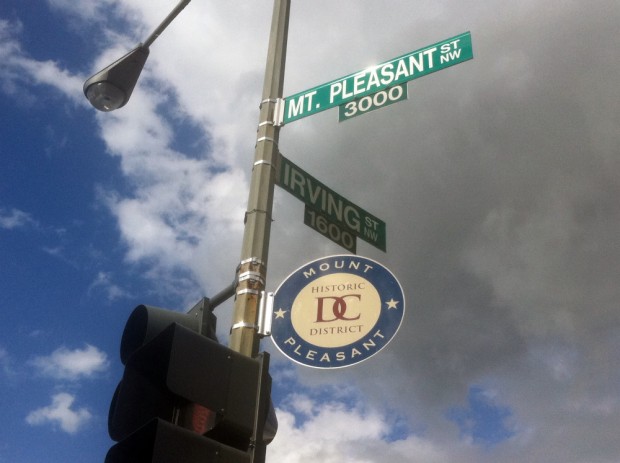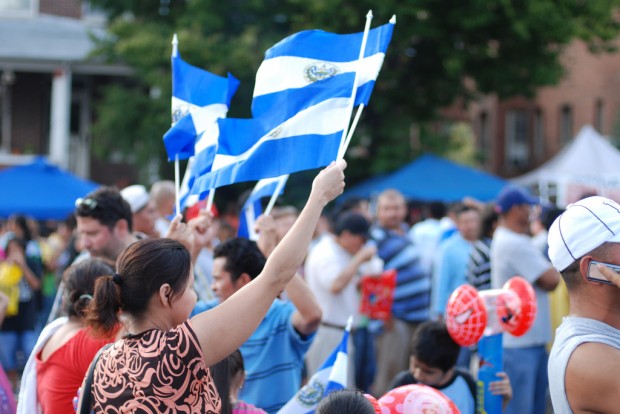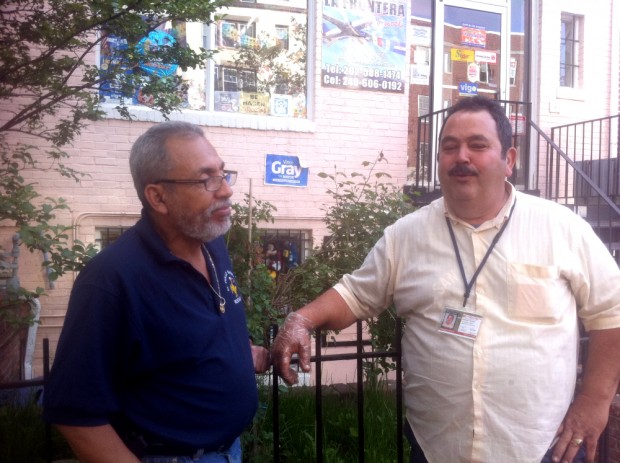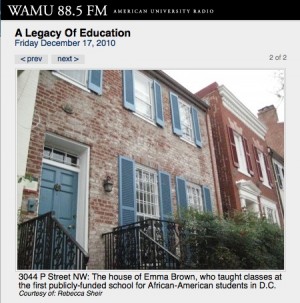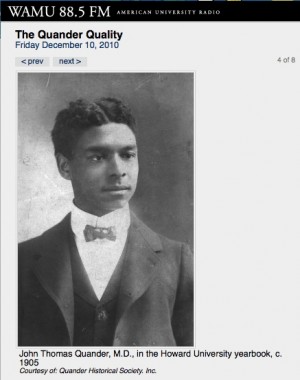The history of D.C.’s African American community is long and storied. African Americans have been around since the city became the nation’s capital, and most were free by 1830. In recent decades, D.C.’s black community has grown in ethnic diversity due to an influx of immigrants; about 18,000 District immigrants identify as black, with many coming from African and Caribbean nations. The District is also home to one of the largest expatriate Ethiopian communities in the world.
Courtesy of St. Augustine Catholic School
Students singing at St. Augustine, a school founded by free blacks and former slaves in 1858, and continues to thrive to this day.
Relations between the African American community and recent African arrivals have been tense at times. That was on display during a 2005 debate over whether to officially rename a corridor in Shaw, a historically black neighborhood, into “Little Ethiopia.”
But the history of African Americans’ struggles and triumphs also resonate with some of D.C.’s black immigrants. In a WAMU Metro Connection story about St. Augustine Catholic School, which was founded by African Americans before the Civil War ended, reporter Jessica Gould speaks with current student body president Lello Negera: “I’m from Ethiopia. I came here in 2003,” Negera tells Gould. “When I learned the history of the school, it made me realize how special this school is and how hard the people fought for us to go to school.”
About 200 children attend the school. The school is predominately black but a number of students hail from other countries.
Friday’s entire Metro Connection show was devoted to how race and ethnicity affects the D.C. region. You can find all of the stories here.



